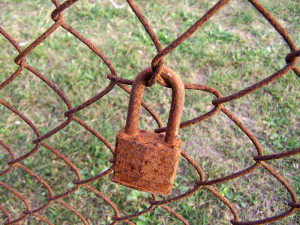Writing my practical cryptography paper requires a lot of time and effort. Firstly and most importantly, I have found all of the sources I need in writing this paper. This took a great amount of time to find the perfect articles on the internet to address my topic, phishing. After finding and printing out all of my sources, I then needed to figure out how to organize this paper from beginning to end. In addition, it is imperative that I organize this paper without the classic “slow wind-up” and make it interesting for the audience.
I have made good progress so far in this paper with about one-third of the word count left to go. I need to continue improving my introduction and conclusion and expand my body paragraphs to increase the word count. By far the most challenging part of completing this paper is getting to the word count. It is difficult to write a large amount about this topic without feeling like I am just rambling or repeating. Perhaps I need to add another source or two to my paper. It has been enjoyable to learn all about phishing and its impact on our society. I have enjoyed becoming familiar with the topic as a whole and even learned new steps and measures I should take to avoid being “phished”.

